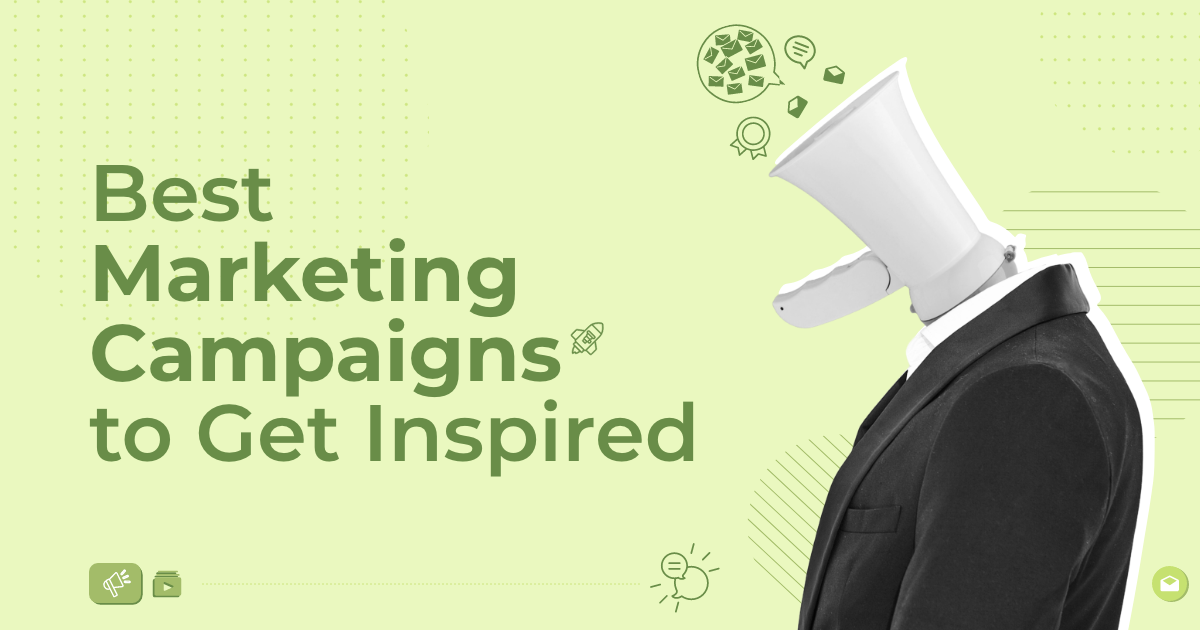
10 Real-Life Cross-Sell Email Examples To Boost Your Sales [2025]
Are you leveraging the power of cross-selling in your email marketing strategy? If not, you could be missing out on a significant revenue stream.
But why should you consider using it in the first place?
Cross-selling through emails is an effective way to recommend complementary products to your customers, enhancing their shopping experience and boosting your sales. This not only increases the value each customer brings but also builds stronger relationships by showing you understand their needs.
In this post, we compiled some real-life cross-sell email examples to inspire you, take a look at their benefits, and share some practical tips to create a great cross-sell marketing campaign for your customers.
What is Cross-Selling?
Cross-selling is finding opportunities where your brand can potentially add to a customer’s purchase.
Software-as-a-Service (SaaS) and eCommerce businesses can benefit from this strategy greatly as you can offer an additional product or service that complements what a customer added to their basket. This way you can grow your average order value (AOV) and create more meaningful relationships with your audience through tailored product recommendations.
Cross-selling vs. upselling
Cross-selling and upselling may appear similar at first glance, but they have a main difference:
- Cross-selling: Involves offering relevant products to encourage customers to make additional purchases. For example, if a customer is purchasing a laptop, you can offer them a Bluetooth mouse or laptop case. Amazon’s “often bought together” section is a popular cross-selling strategy.
- Upselling: Persuading customers to buy a more expensive, premium version of the product they’re considering. Using the laptop example, upselling entails suggesting an upgraded version with better features.
What is a Cross-Sell Email?
As the name suggests, every campaign aiming to promote related products to your email list is a cross-sell email.
You can use these messages to target existing customers based on their past purchases or prospective buyers who viewed items but didn’t purchase them. All you need is a great message to lead them to action.
Benefits of Cross-Sell Emails
Incorporating cross-sell emails into your email marketing strategy has many benefits. Here are the main reasons why you need to consider creating emails with complementary items:
- Better sales value: Showing your customers products that relate to the one they’re purchasing increases the likelihood of making additional purchases and boosting your AOV.
- Better customer relationships: Cross-sell emails let you bring additional value to your customers and demonstrate you understand customer needs, especially when paired with targeted personalization. This leads to better customer satisfaction,
- Better product discovery: Cross-sell emails are an opportunity to showcase a broader range of your products and services. Thus, customers can discover new items they didn’t know about or consider purchasing initially.
In a nutshell, cross-sell emails can help you boost your sales and expand product awareness, maximizing a customer’s lifetime value (CLV).
How to Set Up a Cross-Sell Email
You can create a cross-sell email using your email marketing platform, either from scratch or by using a pre-made design offered by your ESP. You don’t really need a cross-selling email template to get the job done as any newsletter template can work.
However, to make your cross-sell emails successful, you should create smart automated sequences to deliver them at the right time. Remember, you can’t send these emails without customer data. So, setting up a cross-sell workflow is the best way to start.
Here’s an example from Moosend’s cross-sell workflow:
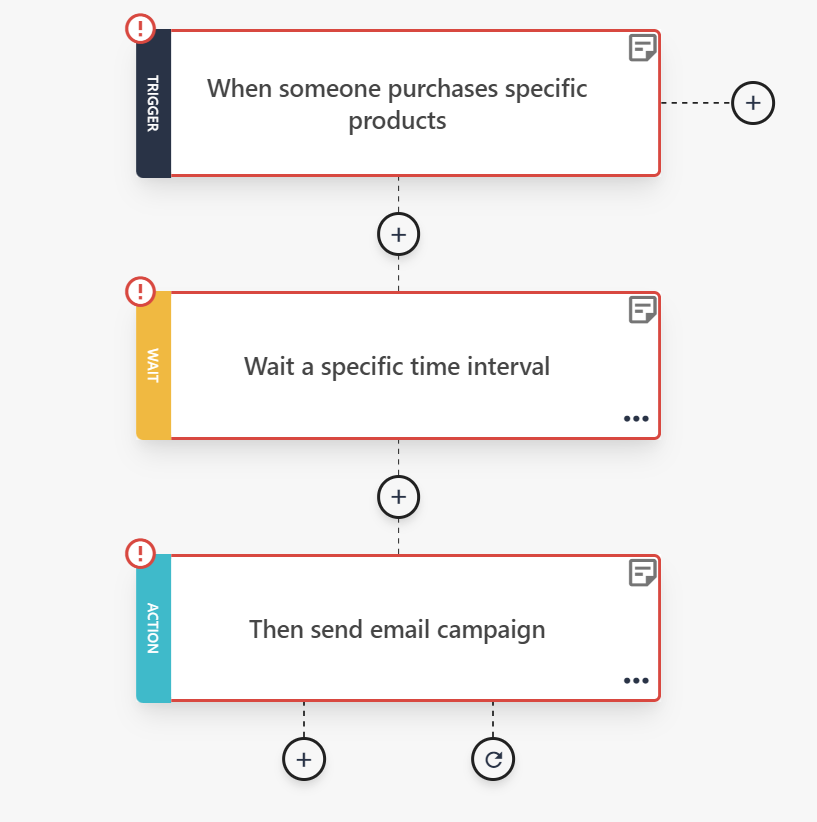
You can take a look at Moosend’s workflow builder and explore the pre-made cross-sell recipes by signing up for a free trial. Also, if you want to experiment with more unique elements, you can look at the weather-based cross-sell recipe.
Best Cross-Sell Email Examples
Now that you know why you should target your email list with cross-sell campaigns, it’s time to get you inspired.
Below, we’ve gathered some of the best examples to better understand how these emails work and how to start using them for your business.
1. Frontman
Frontman is an innovative men’s anti-acne skincare brand specializing in fast-acting products that boost men’s confidence and mental health.
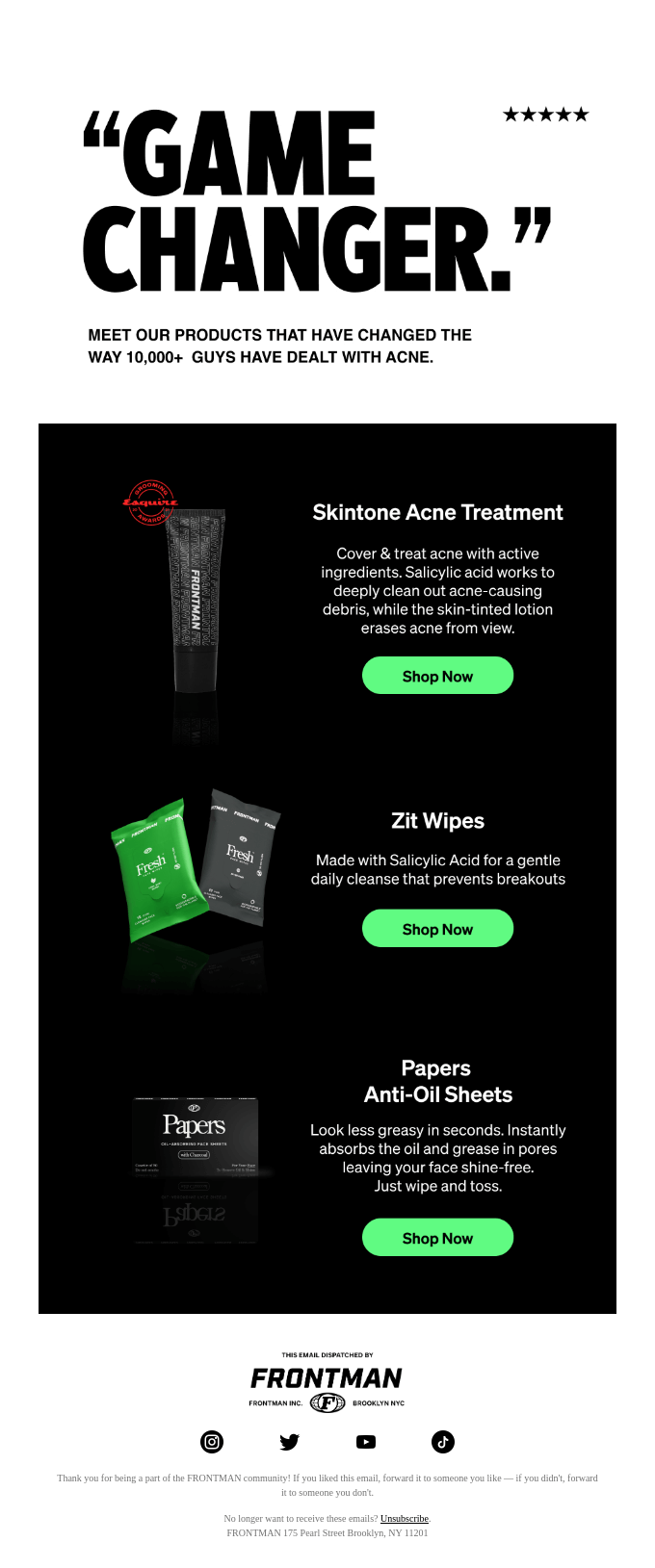
This cross-sell email example was sent to members of the Frontman community to showcase three of their top products.
Starting the email with bold, eye-catching text draws the reader in. By featuring their most popular products and sending them to people already interested in their brand, they increase the likelihood of existing customers making a repeat purchase.
What to take away from this example:
- Bold headlines at the start of the email catch the reader’s attention
- Send cross-sell emails to your existing community
- Utilize your most popular products to maximize the chances of making another sale
2. Epic for Kids
Epic for Kids, commonly known as Epic, is a subscription-based children’s digital reading platform. It has a vast library of books, audiobooks, and educational videos tailored to the interests of young readers.

This email shows four different book recommendations for the subscriber, with the option to send the book directly from the email.
The recommendations are paired with bright, colorful graphics to catch the eye.
What to take away from this example:
- Bright, eye-catching graphics to grab the reader’s attention
- Quick links to the products in your email so customers can easily add them to their cart if interested
- Add clear product names and a short, to-the-point description
3. Dollar Shave Club
Dollar Shave Club is a subscription-based service that offers men’s razors and other grooming accessories. They focus on providing high-quality shaving products at affordable prices.
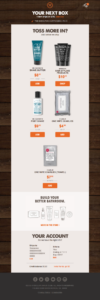
This campaign was sent to customers before their next Dollar Shave Club delivery, letting them add extra related products to their box.
This cross-sell email example serves a dual purpose of reminding customers that their next order will be coming soon and confirming that Dollar Shave Club has the correct banking and shipping information.
What to take away from this example:
- Strategically plan the timing of your email delivery
- Add a link to your entire store in case customers want to order something not included in your email
- Couple your cross-sell emails with other information to bring even more value to your customers
4. MacPaw
MacPaw is a software development company specializing in creating innovative apps for Apple devices, such as encryption, VPN, and file clean-up apps.
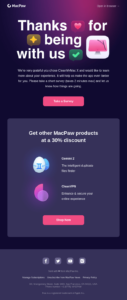
This post-purchase email was sent to MacPaw customers who downloaded their file clean-up app, CleanMyMac X, asking them to complete a survey with their feedback about the tool.
MacPaw cleverly used this feedback request as an opportunity to put some of their other apps in front of existing customers by offering a 30% discount on different apps in their store.
What to take away from this example:
- Pair your cross-sell emails for existing customers with other email marketing campaigns, like review and feedback requests
- Offer discounts on other products and add urgency with limited-time offers
- Use social proof, such as testimonials, to make your messages more convincing
5. Restream
Restream is a streaming platform that enables content creators to simultaneously broadcast live video content over multiple platforms and social media channels, including YouTube, Twitch, Facebook Live, X, and more.

In this cross-sell email example, Restream contacted existing customers to show them new services they might be interested in.
They also added a link for the customer to upgrade their current package, neatly combining cross-selling and upselling all in one email.
What to take away from this example:
- Let customers know about new products that are related to their existing services
- Don’t be afraid to combine your cross-sell and upsell emails
- Track your email performance and perform certain optimizations to increase conversion
6. ASICS
ASICS is a Japanese footwear, apparel, and sports equipment corporation, known for its running shoes and the wide variety of athletic apparel they produce.
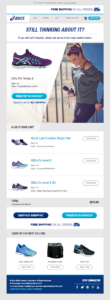
This email utilizes cross-selling differently from the others we’ve seen, using a cross-selling section inside an abandoned cart email.
Such emails are sent to potential customers who added items to their shopping cart but left the website without making a purchase.
ASICS opened this email by showing the customer the items they already had in their cart, followed by the options to checkout or continue shopping straight from the email. Then, some of ASICS’ related best-sellers are included at the end.
What to take away from this example:
- There are opportunities for cross-selling in most other emails that are already part of your email marketing strategy
- Including a “continue shopping” link in your abandoned cart emails is a simple way to entice customers back to your shop
- When choosing what items to use for your cross-sell email, look at your best-selling products and go for ones that best relate to your customer’s choices
Additional resources
Abandoned cart emails have a whole science behind them. You need the right copy, high-quality images, great timing, and a compelling call-to-action to recover your lost sales.
Here are some resources you can use to set them up more easily:
- Abandoned Cart Email Templates
- Smart Abandoned Cart Subject Lines To Boost Open Rates
- Cart Abandonment Stats To Reduce Your Lost Sales
You can easily craft your abandoned cart emails through Moosend’s workflow editor and use the pre-made eCommerce templates to save time.
7. Target
Target is an American retail corporation and is one of the largest retailers in the United States. The brand owns and operates a significant chain of hypermarkets and discount stores countrywide.
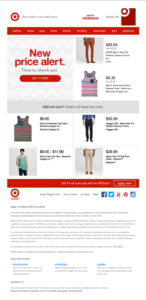
This email was sent as part of Target’s “Weekly Ad” email campaign, and the customer was notified that two clothing items they viewed were discounted to a special price.
Like our previous example, Target included other options similar to the tank top and chinos that the customer viewed.
What to take away from this example:
- Specials make for an excellent opportunity to target your customers with products they are interested in and/or related ones
- If you have a clothing brand, show customers other products that align with their taste to increase the likelihood of them making another purchase
8. Harry’s
Harry’s is a New York-based shaving equipment and men’s personal care product retailer. They’re well known for their monthly subscription service.
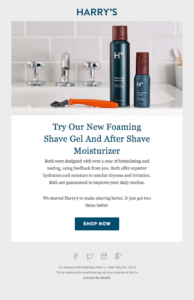
Harry’s sent this email to their existing customers when they launched two new shaving products – a shaving gel and aftershave.
Unlike some of the other cross-sell email examples on this list, Harry’s is very short and to the point, using only one visual that takes up most of the space and short email copy.
Despite its length, it includes all the information a customer needs about the new products, injects a bit of humor, and guides the recipient to a “Shop Now” call-to-action.
What to take away from this example:
- Cross-selling emails don’t need to be long. A short and clear message will do the trick
- Simple but bold product photography is a great way to showcase new products
- If it fits your brand guidelines, humor can help you relate to the customer
9. Huckberry
Huckberry is an online retailer that curates clothing, accessories, and gear, focusing on outdoor and adventure-inspired lifestyle products.
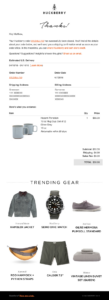
Here, we have an order confirmation email with cross-selling elements. At the end of the email, Huckberry included three “trending” items from their catalog that match the color scheme of the product the customer purchased.
This example again shows that cross-selling can be included in virtually any email in your email marketing strategy.
What to take away from this example:
- Cross-selling in order confirmation emails is an excellent way to show customers other products they may have missed on their first look through your online store
- Be creative with your product recommendations–just because the recipient probably doesn’t want more mugs doesn’t mean they’re not open to an add-on in a similar color scheme
10. ShopRunner
ShopRunner is a membership-based online shop that partners with retailers to provide fast and convenient shipping options. It has a similar setup to Amazon Prime.
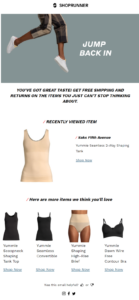
This cross-sell email example starts with a bit of flattery (“You’ve got great taste!”) and reminds the customer of the perks involved in their membership should they make a purchase.
Then, it shows a recently viewed item and other similar and related shapewear items.
This is a good strategy as it offers different colors and styles to the viewed item, which may be closer to what they’re looking for.
What to take away from this example:
- Don’t just offer related products in your cross-sell emails. The same item in different colors and styles can also be beneficial if the customer hasn’t purchased the item yet
- Use compelling copy with actionable language to intrigue the recipient
When Should You Send a Cross-Sell Email?
Understanding your customer lifecycle and identifying cross-sell opportunities is critical to establishing when to send emails.
To do this well, you can take advantage of:
- customer data and behavioral insights like browsing activity (what products or categories they viewed)
- past purchase history
- engagement metrics (like adding an item to their wishlist or cart)
Once you have this information, you can look for patterns and determine when customers will be most receptive to cross-selling offers. This could be a few days or weeks after a purchase or when they’ve shown interest in products but have not made a purchase yet.
Then, you can segment your customer base to target specific groups with personalized recommendations. It’s essential to consider the day of the week, how close it is to payday, and seasonality to maximize cross-sell effectiveness.
Ensure you set goals for your cross-selling campaigns and continually assess, refine, and improve your approach based on performance metrics like open rate and conversion rate.
Cross-Sell Email Strategies & Best Practices
Now that we saw some great cross-sell email examples and when to send them, let’s discover some good strategies to enhance the customer experience and drive more conversions.
Choose the right email type
Some popular approaches to cross-sell emails include:
- product recommendations
- complementary product offers
- bundle deals
Also, if you use a product recommendation tool you will manage to create personalized suggestions based on similar taste analysis and customer behavior.
Product recommendations are part of every smart email marketing service. So, if you already have one, you can proceed to the next tip.
If not, you can take a look at our best email marketing services post to make an informed decision.
Create compelling subject lines
Your subject lines are vital in any email marketing campaign as they are the first thing your customer will see.
Adding personalization (such as the customer’s name), a sense of urgency (i.e., last chance to buy), and other benefits are vital to crafting a successful subject line.
Here are some additional resources to help you out:
Also, you can use a free subject line tester like Refine to optimize your creations, receiving valuable insights to improve your open rates.
Personalize your email content
Adding personalization to your subject lines is a great way to get more opens. However, if you want the best results, you need to tailor your messaging to resonate with the recipient’s preferences and needs.
Email personalization will take advantage of your customer data to create fully personalized offers that will not only show your audience that you care about them, but also give you better click-throughs.
Have clear, persuasive CTAs
A great CTA should direct recipients to complete their purchases quickly and easily.
Here’s how to do it:
- Use actionable language
- Make them short and valuable
- Add bright colors to attract attention
Also, place them strategically in your email design to get the best possible results.
For example, placing your CTA button on top of your email will get noticed immediately. Just make sure you use some compelling email copy to highlight the value of your message.
Moreover, for longer emails with multiple images, consider using duplicate CTAs. This way, your recipient won’t have to scroll through to find it.
Leverage customer segmentation
Apart from email personalization, use customer data to split your audience into segments based on demographics, browsing behavior, and previous purchases. Then, tailor your cross-sell offers to each segment’s interests for better engagement and conversions.
A dedicated segmentation tool will allow you to create effective customer segments based on information that updates in real time.
Measure email performance
Measure your campaign performance to optimize it for better results. Use your ESP’s tracking and reporting tools to collect insights into key performance metrics like open rates, click-through rates, and conversion metrics.
By monitoring your metrics, you’ll understand more about customer behavior, identify trends, and refine your cross-sell strategies to maximize your return-on-investment and continually improve.
Take advantage of AI
Lastly, AI has become a massively beneficial tool for marketing automation across various industries, and cross-selling emails can benefit from it, too.
You can use AI content authoring tools, eCommerce AI, smart product recommendations and subject lines testers to optimize your content strategy, save time and produce even more relevant content with a simple click.
Ready to Create Your Next Cross-Selling Email?
Mastering cross-selling emails is essential for businesses to improve customer engagement and retention, drive revenue growth, and create more loyal customers.
You can create compelling email campaigns with high conversion rates by leveraging strategic segmentation, AI-driven insights, and tailored recommendations.
Aim for continuous performance analysis to refine and optimize your strategy and ensure your cross-selling efforts are effective and impactful as the market changes.
If you want to create your first cross-sell sequence and email, you can sign up for a free Moosend account and take the workflow builder and email editor for a spin.
Frequently Asked Questions (FAQs)
You may still have a few questions. We’ve gathered some FAQs to clear them up.
1. What is the best subject line for a cross-sell email?
The best subject lines for a cross-sell email will include personalization, a sense of urgency, and benefits to the recipient. You can run A/B testing on your subject lines to find which ones work best for your audience segments.
2. How can I write an effective cross-sell email that customers will respond to?
Start by segmenting your audience to target specific groups, then tailor your content to customer preferences, highlighting the benefits of your complementary products. Use persuasive language and clear CTAs, leverage AI for intelligent recommendations, and analyze the performance to tweak your strategy if needed.
3. When should you send a cross-sell email?
You should send a cross-sell email shortly after a customer makes a purchase. Consider sending cross-sell emails during key moments in the customer lifecycle, such as post-purchase follow-ups, subscription renewals, or when launching new related products.
4. What is a cross-selling example?
A good cross-selling example is recommending a laptop case to a customer who has just purchased a laptop. Another example is suggesting a matching belt and shoes to someone who bought a suit. These recommendations enhance the customer’s purchase by offering complementary products that add value to their initial choice.
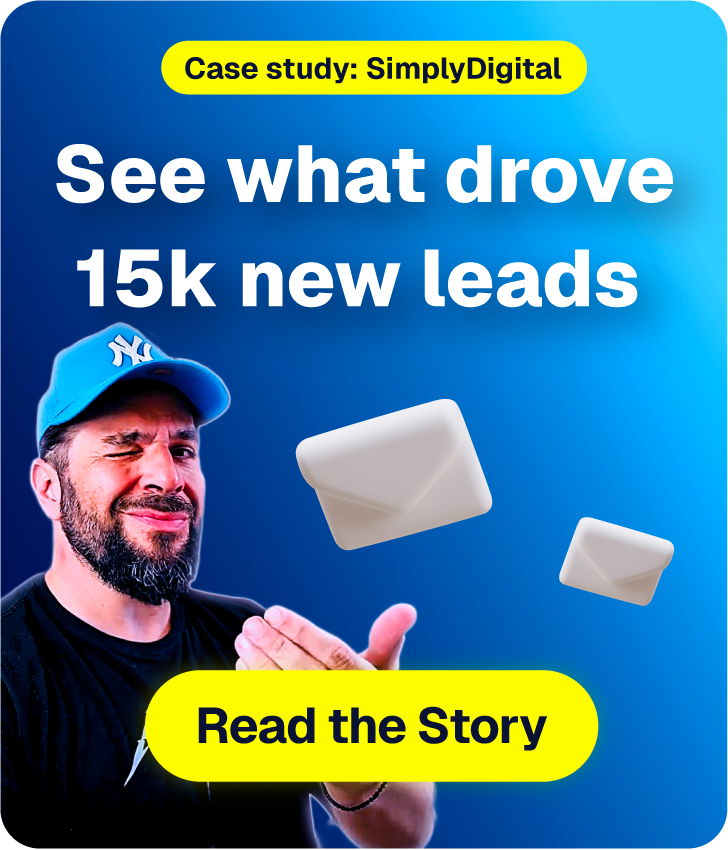
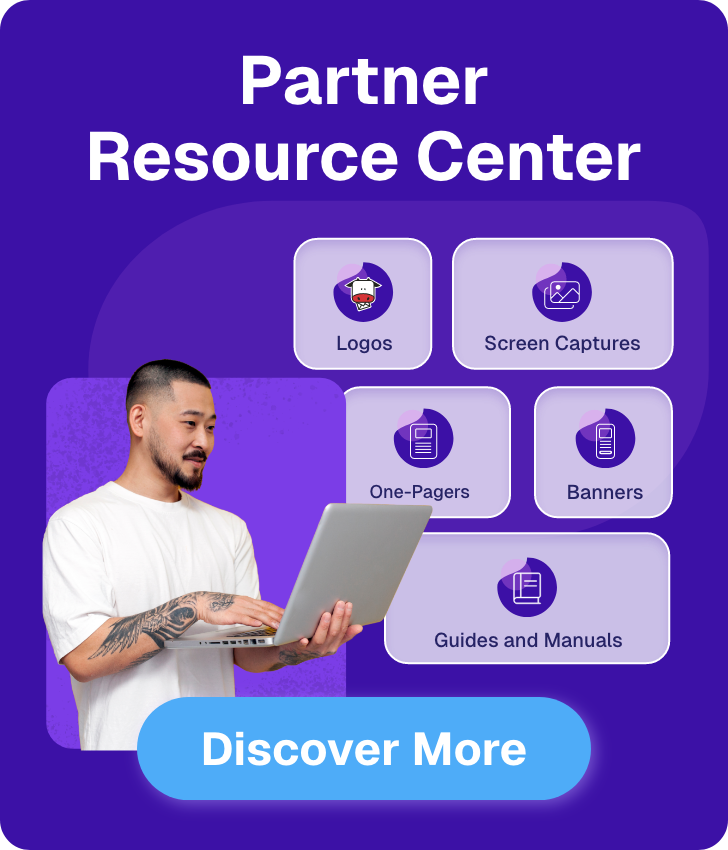

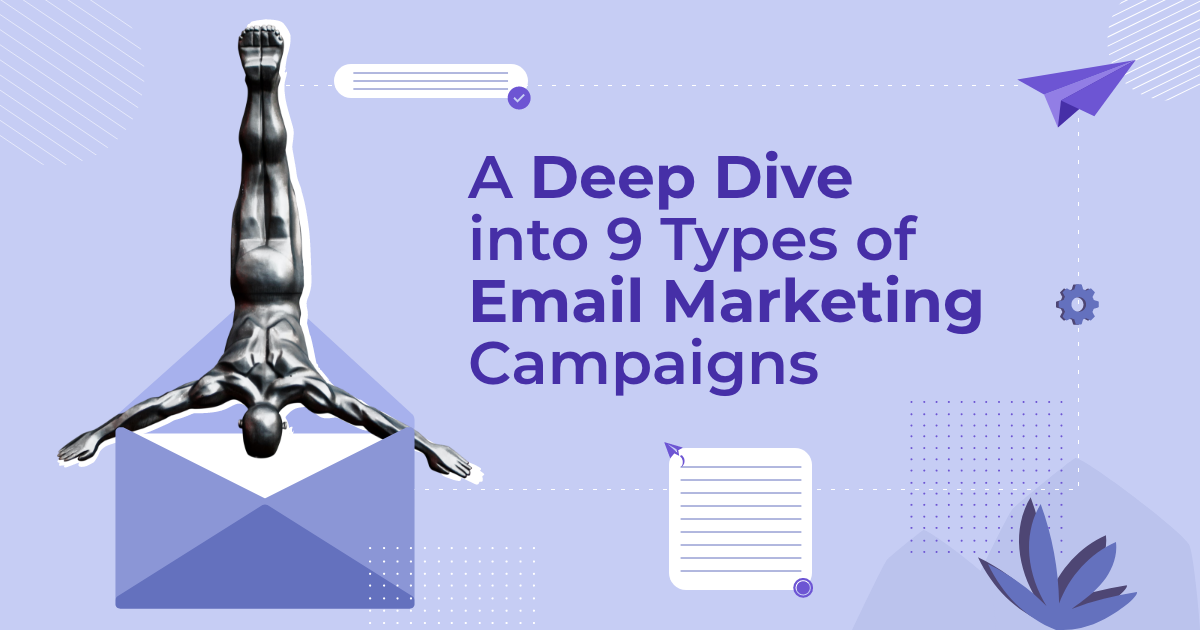

 Published by
Published by
